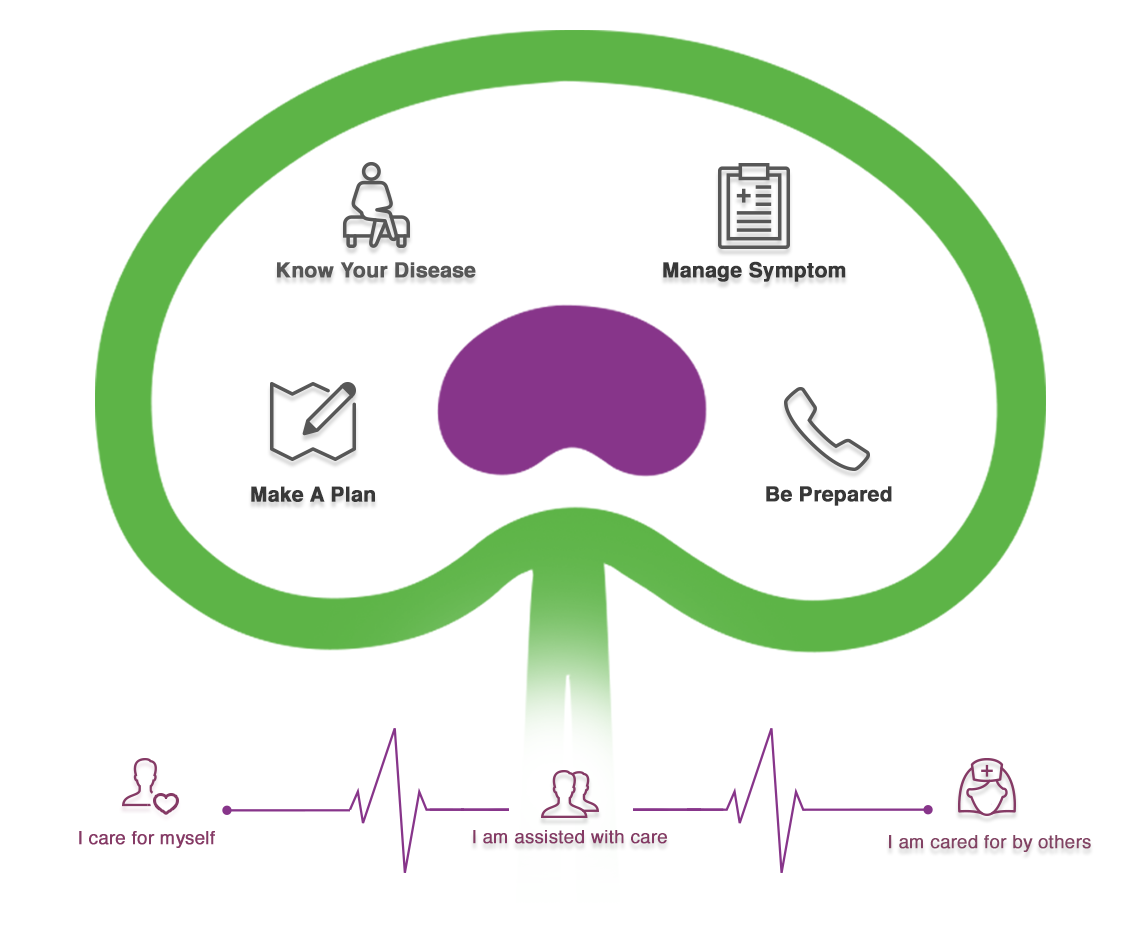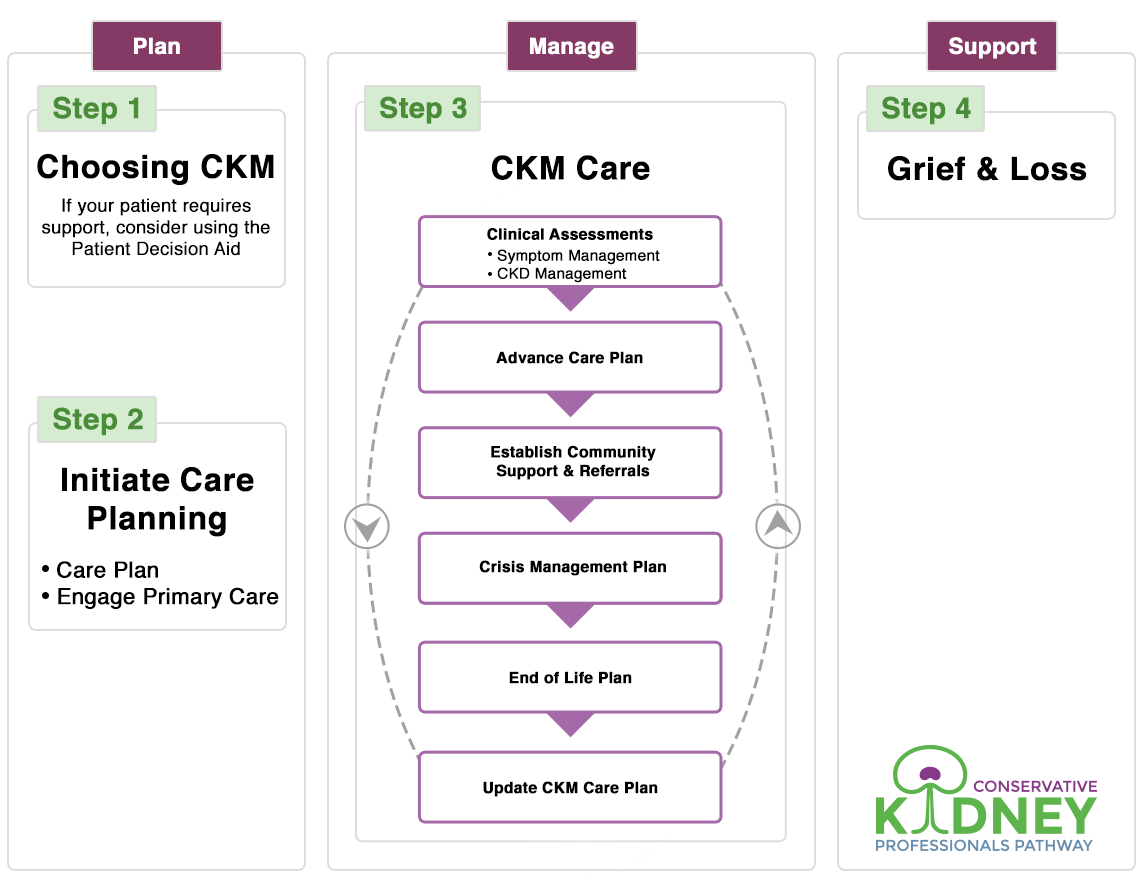Constipation
Guiding Priniciple:
Constipation is common in people with kidney disease. Constipation is described as difficult, hard, incomplete or infrequent emptying of the bowels. Constipation is subjective in nature, aligned with the normal frequency of an individual’s bowel movements. If patients are on regularly scheduled opioids, consider ordering a regular bowel routine. The primary objective of managing constipation is to support patients in having regular and adequate bowel movements, based on the individual’s preference and functional status.
- Decreased mobility
- Advanced age
- Depression, stress and anxiety
- Low fibre intake
- Low fluid intake
- Adverse effects of medications (e.g. opioids, oral iron supplements, antacids, calcium supplements)
- Metabolic disturbances (e.g. hypercalcemia, hypokalemia, hypothyroidism, diabetes)
- Bowel Conditions (e.g. Irritable Bowel Syndrome)
- Neurological Conditions (e.g. Parkinson’s, Multiple Sclerosis, Spinal cord injury)
- Mechanical obstruction of the bowel or rectum
- Exercise (if appropriate).
- Increasing fibre intake (if appropriate).
- Some higher fibre foods such as bran, beans, lentils, nuts and seeds are also high in phosphorus and potassium and may need to be limited.
- Consider a referral to a Registered Dietician (RD) for nutritional counselling.
- Hydration management (See: Sodium/Fluid Statement).
- Prunes/prune juice (if appropriate as prunes are high in potassium), Caffeinated coffee/tea.
- Toileting upon waking and post meals; proper positioning over the toilet in contrast to using a bedpan.
- See: Constipation Patient Handout
Osmotic Laxatives:
- Polyethylene Glycol 3350 (Lax-A-Day) PO 17-75 g daily (doses can be divided).
- Lactulose 15-30 ml PO Daily to TID.
Peristaltic Stimulants:
- Sennosides 8.6 mg 1-2 tablets PO qHS, then increase to 2-4 tablets BID PRN if needed.
- Bisacodyl 5-15 mg PO Daily.
Typical Laxative Regime if a patient taking opioids has not had a bowel movement in three days or is unable to take oral laxatives:
- Glycerin suppository per rectum once daily PRN.
- If glycerin suppository ineffective, give bisacodyl 10 mg suppository per rectum q3d PRN.
- If bisacodyl suppository is ineffective, give High Mineral Oil enema per rectum PRN, wait 4-8 hours, then administer Soap Suds enema per rectum x1 PRN.
- Sodium phosphate enemas (Fleet enemas) should be avoided with CKD patients.
Consider a bowel clean-out of Golytely or Colyte 3-4L
- Can be spaced out over a week if the patient is frail.
Methylnaltrexone (Relistor)
- Used for acute management of opioid-induced constipation when oral and rectal laxatives are not effective.
- Consider cost when prescribing this medication.
- In kidney failure, reduce dose by half.
- e.g. Methylnaltrexone (Relistor) 4 mg SC (38 kg-62 kg), 6 mg SC (62-114 kg); administer once every 2 days.
Special Considerations at End of Life:
As a patient’s condition deteriorates, certain non-pharmacological interventions will become less realistic (e.g. exercise). If the patient has hours to live, consider discontinuing bowel care.



